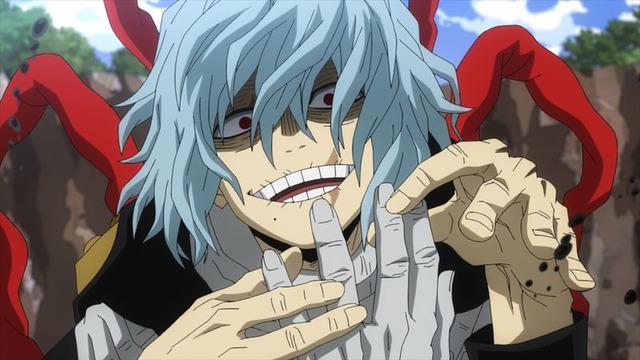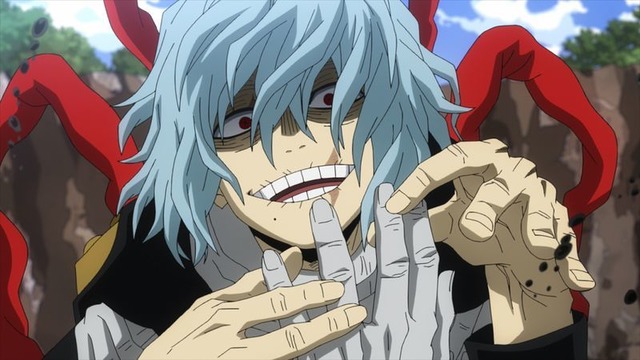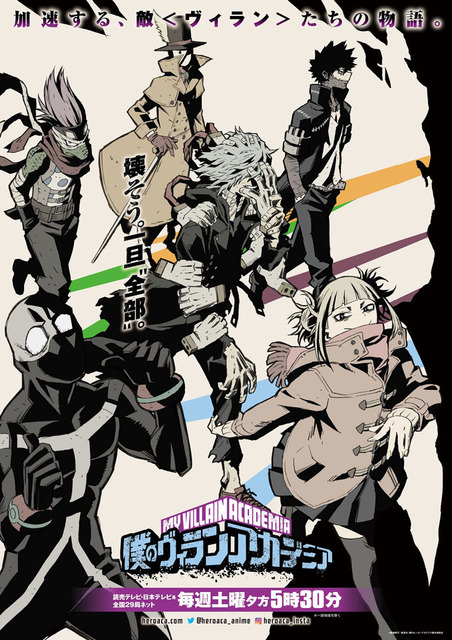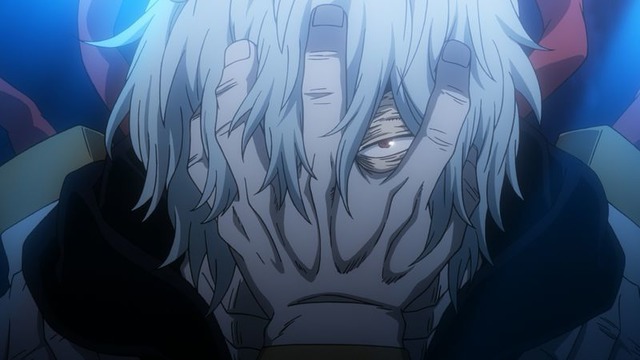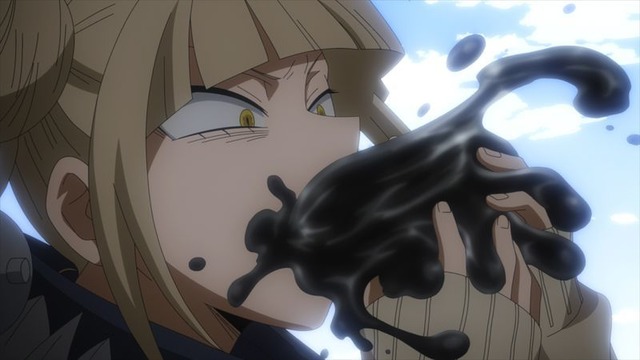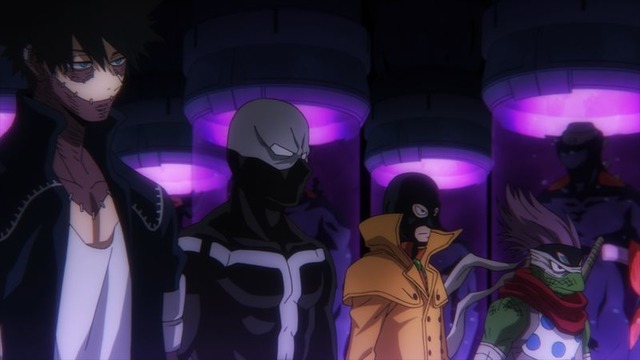Usually the popularity of characters in anime and manga, tends to bias towards the good guys on the protagonists side. However, the “light” is only able to shine bright because of the existence of the “shadow”.
In the column “Villains’ Biographies ~ What are Their Virtues?”, we put the spotlight on the bad guys, and in this 15th edition, we explore in-depth what’s so compelling about Shigaraki Tomura from “My Hero Academia”.
“My Hero Academia” is a series about superheroes. The intent of the story is to depict them triumphing over evil and saving innocent people in a courageous fashion. And this style of story is probably within what fans are expecting from the franchise.
Yet, occasionally the villains can shine more than the heroes in this series. In fact, the rhetoric of the villains is often more convincing than the one of their heroes counterpart. And indeed the plot shows that the evil side ends up being more compelling by attracting more and more members, increasing their force as the story progresses.
Given this context, today we will do an analysis of Shigaraki Tomura, the main antagonist in the series, but also an interesting character who transforms to bring together the villains from “My Hero Academia”.
The key concept behind this breakdown is that heroes and villains always have “the possibility of switching positions”.
Shigaraki Strives, Develops, and Earns the Trust from his Comrades
In a society where 80% of the population has developed some kind of superpower known as quirk, the story starts when the quirkless Midoriya Izuku (Deku) gains a quirk by inheriting the world’s number 1 hero, All Might. This section focuses on expanding the master and student relationship between All Might and Deku, and the character development Deku undergoes along his classmates.
Both themes of relationship of master and student, and friendship, are also present on the villains side, expressed by Shigaraki TNomura. For Shigaraki, there’s someone to whom he refers as “master” too, All For One. Not only that, but he is also the leader of the League of Villains, tying all villains together. Because of that, it can also be said that “My Hero Academia” is composed by two perspectives, the main story centering around Deku, and the “other side” which focuses on Shigaraki.
Deku who is very much like other Shone Jump protagonists, through various trials and tribulations, he grows exponentially from his initial insignificant powerless beginnings. However, the series also carefully depicts the transformation the villain Shigaraki goes through. At first, he is almost like an ill tempered children who outbursts in anger out of impulsivity, but eventually develops a real charisma due to the coincidental encounter with the big shot villain, Stain.
Thanks to his encounter with Stain, he changes and is able to gradually gain the trust of the members of the League of Villains, who had a skeptical attitude to begin with. The villains of the organization each have different goals, but among them many were alienated and oppressed by the hero society. Sharing the sentiment of being victimized by the inevitable injustices generated from this society, Shigaraki is coincidentally able to create a place of belonging for the ones who also fell through the cracks. In that sense, Shigaraki can be considered a savior.
What Separated Deku and Shigaraki’s Fate
Shigaraki’s goal is to destroy the hero society and everything that represents it. Like Deku, he once was a kid who used to admire heroes. His grandmother was a famous heroine, a fact that led his home life to collapse. “Heroes hurt their own families, only to save other people”, such are words he will bear heavily on himself throughout his whole life.
Being born without a quirk, the protagonist Deku had to experience the anguish of having his own dreams of becoming a hero rejected once. Like Deku, Shigaraki too grew up with his wishes denied.
What separated the two was the person who extended their hands to them. All Might was there for Deku, whilst in Shigaraki’s case, was All For One. But what if the opposite happened? It’s possible that if Deku missed a single step, he would probably have ended up in Shigaraki’s place.
One of the heroes, Best Jeanist once quoted that “heroes and villains are two sides of the same coin”. Heroes and villains both use violence as a means to fight with the aid of their quirks, and what ultimately distinguishes them from one another is simply the law. Nevertheless what fundamentally sets apart which path one will walk down is but a mere twist of fate.
Despite their efforts, heroes can’t save everybody in the end. Those left behind who weren’t rescued feel embittered and end up turning into villains. This hero society that breeds villains from its destitute portion of population can be perceived as one full of hypocrisy. Evidently these circumstances give birth to feelings of hatred and revenge. Shigaraki is after all a character who just like Deku, chooses to “go beyond (Plus Ultra)”, although through his own means.
Villains in this series aren’t merely presented as punchbags to make the heroes look good. Heroes and villains are two sides of the same coin in a society of superhumans. If blown by a strong wind the coin will easily flip over. The more the plot unveils Shigaraki’s background and his path crossing with Deku, the more you want to cheer for him. If his ambitions do come true though, the world will undoubtedly turn upside down as the hero-villain roles would finally reverse.
Deku and Shigaraki, heroes and villains. We only grow unsatisfied towards a world so cruel that won’t offer a proper resolution in face of this reality. Who is to be blamed, the villains or the world?
If the world is to be blamed, then it should be destroyed. Incidentally, Shigaraki’s quirk is “Decay”, the ability to disintegrate everything he touches.
From this perspective, it might be that the purpose of his powers is to possibly counteract the constructs of such a malevolent world.
“Villains’ Biographies ~ What are Their Virtues?”


